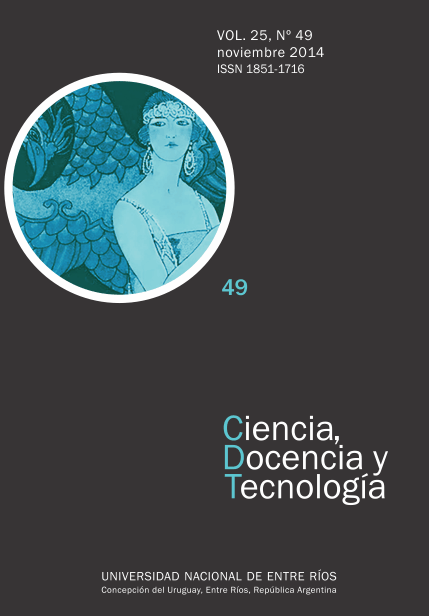Resumen
El vinagre es el producto de la fermentación acética del vino. El sistema semicontinuo es el más común en la industria vinagrera; consiste en el desarrollo de ciclos discontinuos de acetificación. El vinagre y los vinos cítricos son productos típicos con características regionales. El objetivo del presente trabajo fue la obtención de vinagre de naranja en biorreactor de laboratorio en sistema semicontinuo, a dos niveles de la variable proporción de carga (vino/vinagre): 40 % y 60 % usando como respuestas velocidad de acetificación y rendimiento para elegir el mejor proceso. Cada tratamiento se realizó por duplicado. Las variables operativas fueron 600 rpm, 0,4 vvm y 30 ºC. Se demostró que la proporción carga/descarga, no afecta significativamente (α=0,05) las respuestas durante el segundo ciclo para ninguno de los dos niveles. Se puede establecer la proporción de carga para un proceso semicontinuo en 60% y obtener mayor volumen de vinagre de naranja.
Los autores conservan los derechos de autor y garantizan a la revista el derecho de ser la primera publicación del trabajo, al igual que licenciarlo bajo una Creative Commons Attribution License que permite a otros compartir el trabajo con un reconocimiento de la autoría del trabajo y la publicación inicial en esta revista. Todo el contenido es publicado bajo licencia internacional Creative Commons 4.0: Atribución-No Comercial-Compartir Igual.

